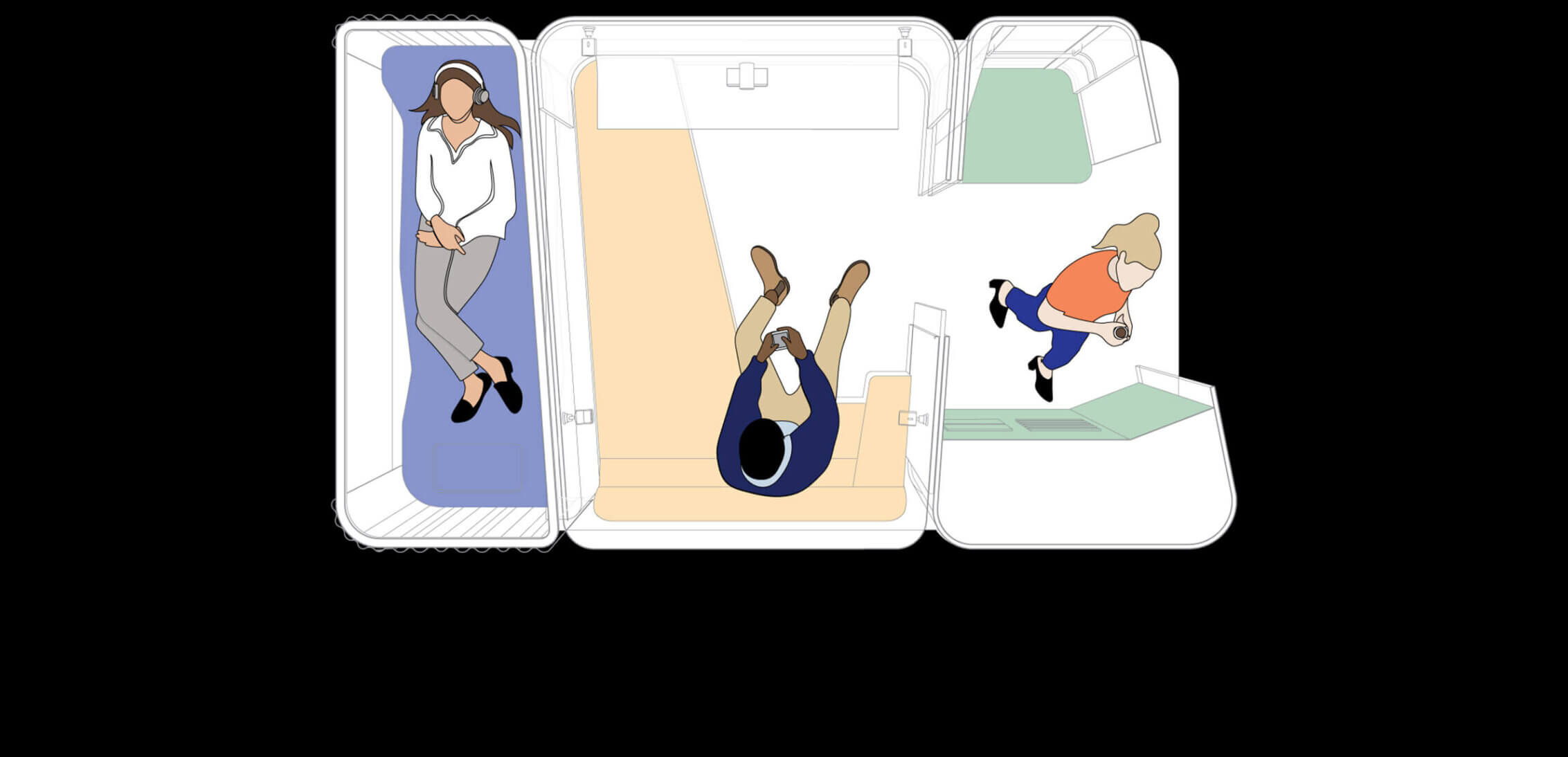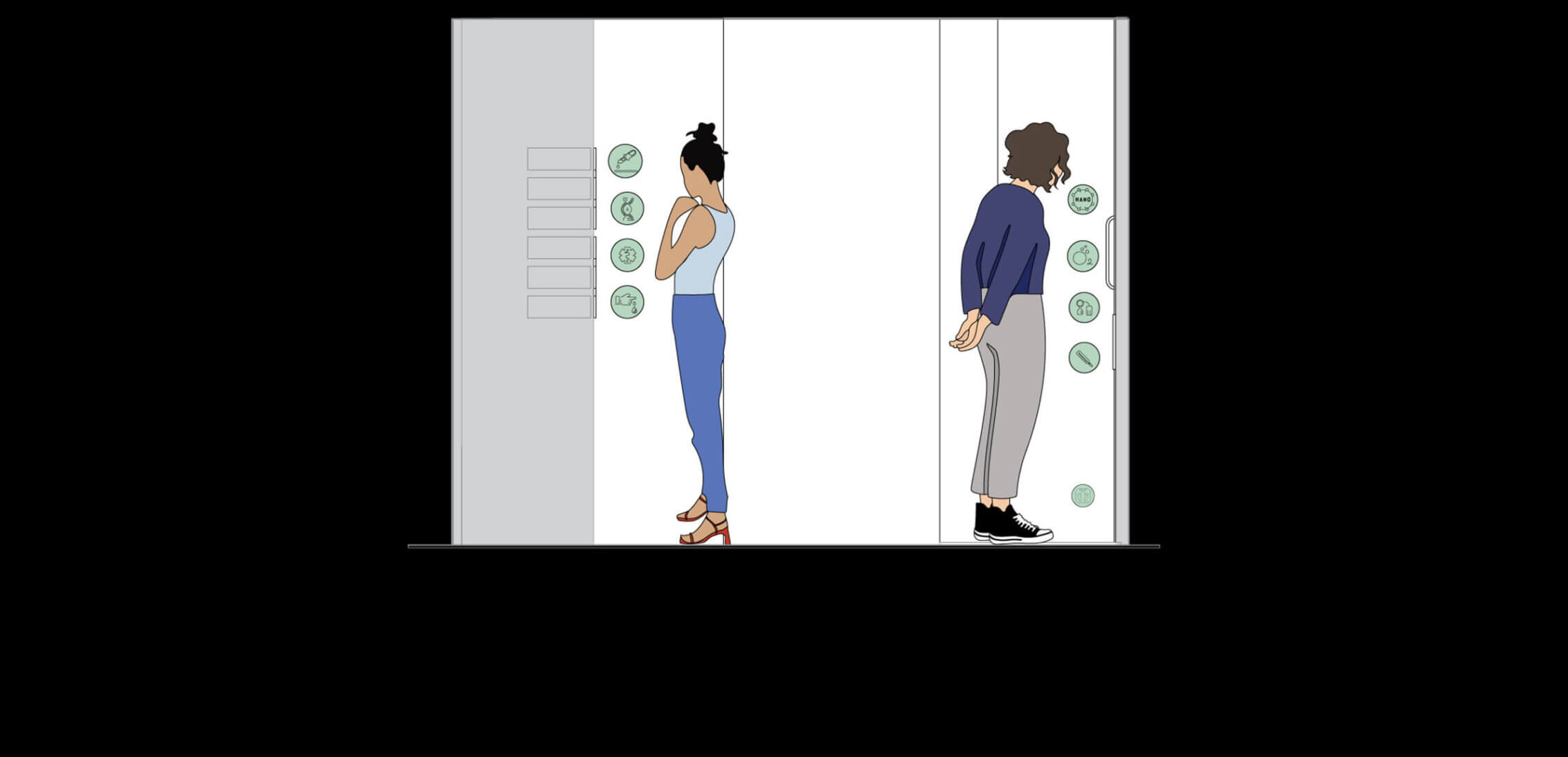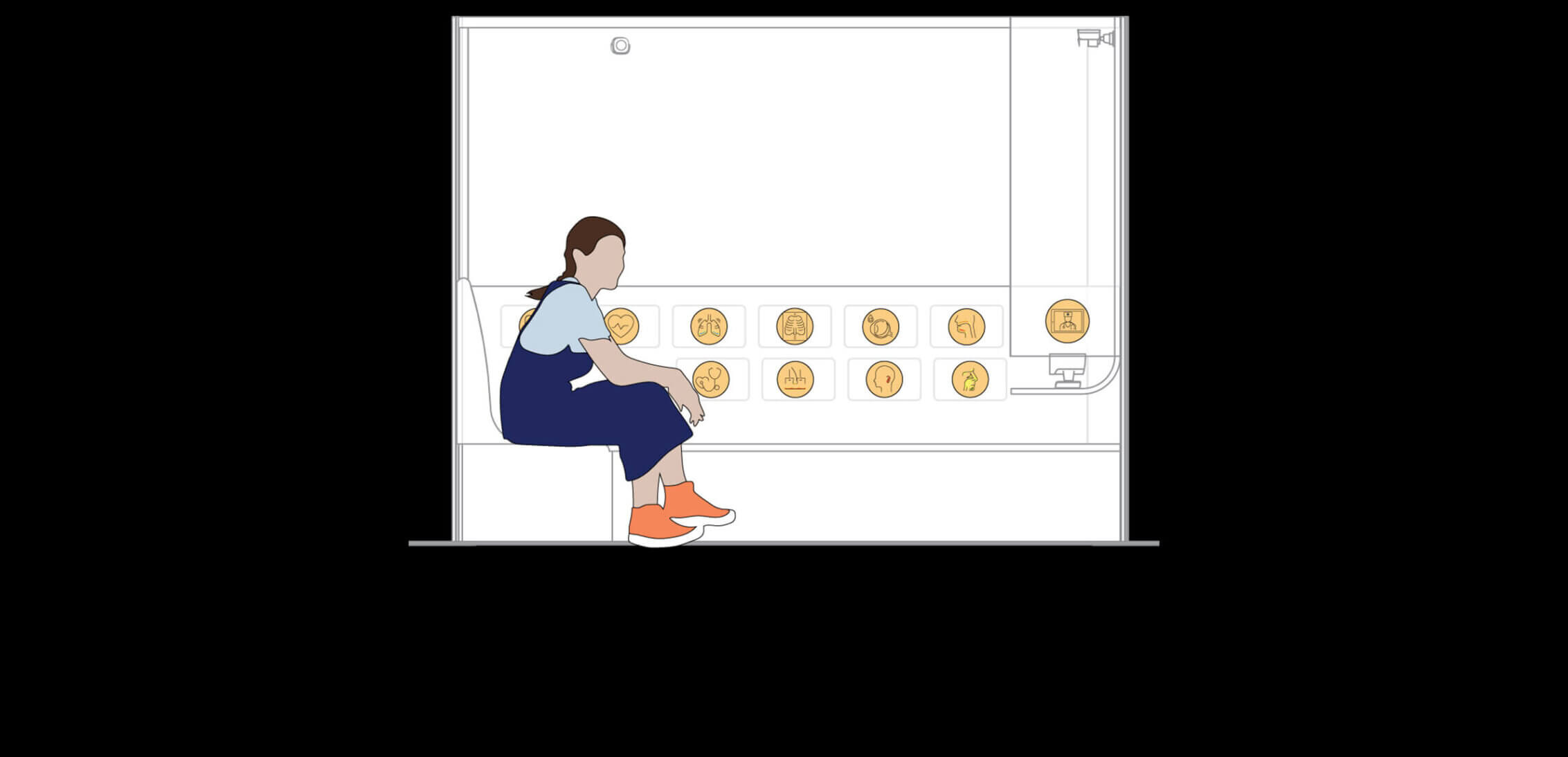Our healthcare system is based on human interaction, so it might seem strange to think that care could be delivered over a screen. But virtual visits have been happening for years, and their acceptance has been accelerated by the pandemic. In fact, according to two 2021 surveys by consulting firm McKinsey, 40% of patients said they will prefer telehealth even after the pandemic is over, and 55% of patients reported higher satisfaction with virtual visits than in-person ones.
On-screen consultations are only the beginning. Advances in wearable technology, like sports watches that can monitor and report health data, and off-site diagnostic testing, like at-home COVID tests, could eliminate the need for patients to drive to hospitals or clinics for routine tests and exams.
“The theme of the future isn’t that technology replaces humans,” says architect and healthcare strategist Ashley Dias. “It lets humans be better humans. Technology doesn’t have to disrupt human connections; it can contribute to them, and that’s going to make healthcare more meaningful and more pleasant.”








